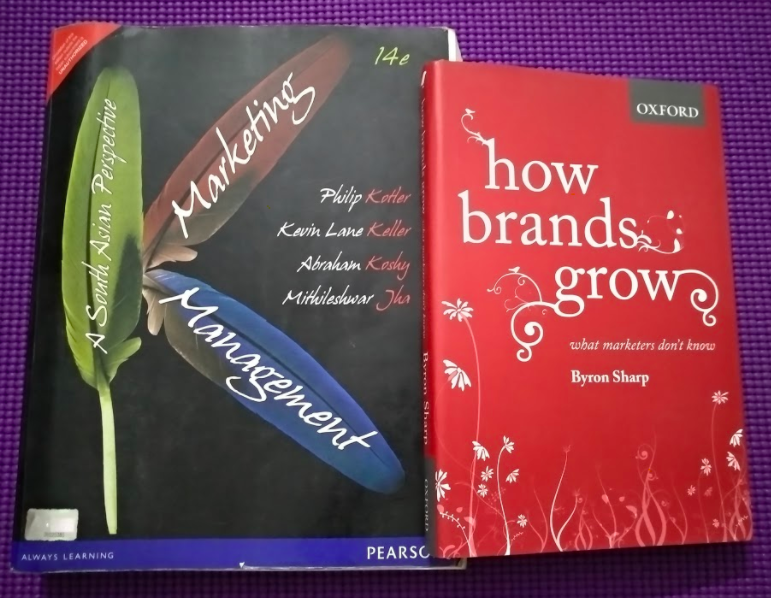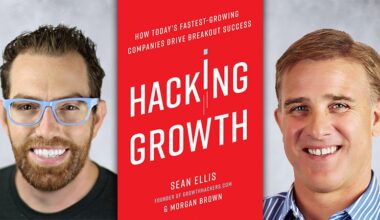Book: How Brands Grow – What marketers don’t know
Author: Byron Sharp, Professor of Marketing Science at the University of South Australia, known for his work on loyalty programs.
Speed review
The book – How Brands Grow, raises a lot of questions. It shakes up our traditional understanding of marketing especially Kotler’s theories. Book bust a lot of myths. The author gives enough empirical data to support his claims. I connected with the few concepts like why loyalty program does not work, why price promotion is for retailers and what is the ultimate purpose of advertisement.
I could not digest the notion that STP does not work, but got convinced the way he explained. Finally, he sums up by saying that it’s only the mental and physical availability that make the brand easier to buy for more people, in more situations and the brand grows.
No matter you subscribe to his thoughts or not, reading the book will force you to think about marketing in a slightly different way. It will create a new memory structure for marketing. A must-read for any marketers.
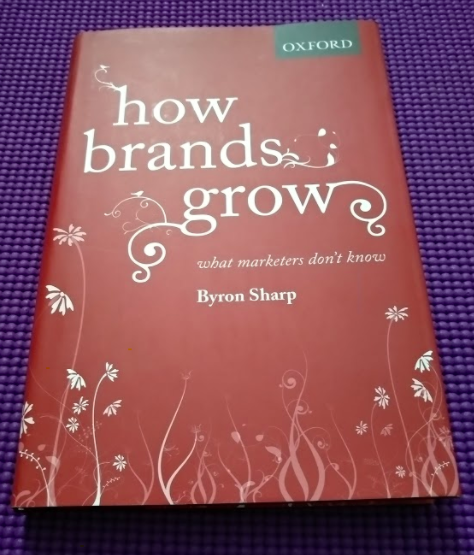
Complete review
Before you start reading, would like you to answer these questions as was asked in the book.
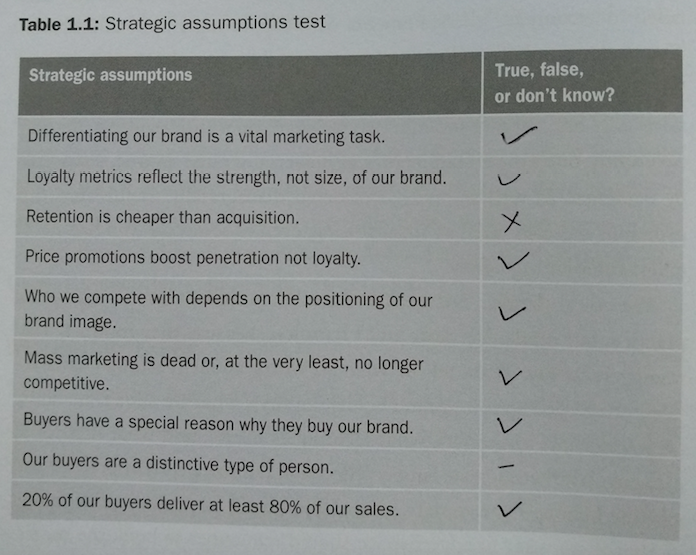
If most of the answers of the above questions are yes, then just like me, you might be operating under false assumptions; as per Mr Byron Sharp. Throughout the book, he systematically and empirically decimates the theories proposed by our guru Mr Kotler and et. al. Here it goes
STP will not work in the modern era
As per Mr Phil Kotler, Modern marketing is about implementing STP (Segmentation, Targeting and Positioning). He also emphases on brand loyalty, ask us to focus primarily on retentions and ROI. We all have been doing this for decades but Mr Sharp is not amused by this.
According to Mr Sharp, Non-buyers and light buyers are heavier than we think and heavy buyers are lighter then we assume. Laws of buyer moderation works and we should recognise that. Mr Sharp even claims that Pareto’s law of 80/20 is an oversimplification and misleading. It should be to 50/20.
So, the marketers who seek to increase sales by targeting heavier buyers are unlikely to succeed. So leave aside STP and reach all buyers especially light and occasional buyers. Mass marketing is not dead its way forward.
Moreover, we cannot and should not differentiate customers. Your customers are just like your competitors’ customers and their customers like yours. This means their buyers are up for grab. So, target the whole market.
Defection is largely outside of marketer control so focus on acquisition
No matter a brand is a market leader or insignificant in the market, all of them are impacted by the defection of customers. Rate of defection is relatively less in the leader but there is not much difference with that of small players. Statistics given in the book shows that reasons for much of defections are entirely beyond the firm’s control. So, the acquisition is the only way forward not the retention (as emphasised by Mr Kotler).
Buyers are not puppets- they don’t care. Focus on penetration, not on loyalty
In the blind test, people might prefer taste over eyes but in artificial testing situations, people are more likely to trust their eyes than their sense of taste. In a blind test, people might like Pepsi more than Coke but in the artificial test, Coke scores better.
This is probably because of the familiarity that breeds liking. In addition to familiarity, usage also breeds familiarity and brand knowledge; and this, in turn, also breeds likings. Prior usage of the brands makes a person slightly more favourable towards it. This is one of the psychological factors underpinning brand loyalty.
On the other hand, As per one of the simple experiment (page no 92 of the book), loyalty gets created on what may seem to be very trivial, as small as labelling of the name. So loyalty is a characteristic of consumer behaviour, and not driven by brand differentiation.
This makes, interestingly, beyond the complete control of marketers.
Also, when it comes to the actual purchase, brand fana(atic)s turn out be very limited, even for the brand like Apple (suggest to read the book to understand this). Most of a brands customer think and care little about the brand. So marketers, better focus more on penetration than on loyalty to bring in more loyal customers.
It is okay to have several similar brands in a portfolio
Marketers should not worry if their company has several similar brands. Even if they think those different brands are targeting different segments, in reality, they are catering the same set of people. In fact, for some brands, people whom you are targeting might be buying less that of the non-targeted segment.
What marketers should worry about the distinctiveness of the brand. Is it easy to recognize and distinguish from others? If they are not, then brand advertising won’t work and consumers won’t see the products on the shelf.
The decision to drop, phase out or sell brands should be based on viability, cost and operating issues and not on how similar the brand is to another of the company’s brands.
Differentiation is meaningful, but of little use. Adopt Distinctiveness
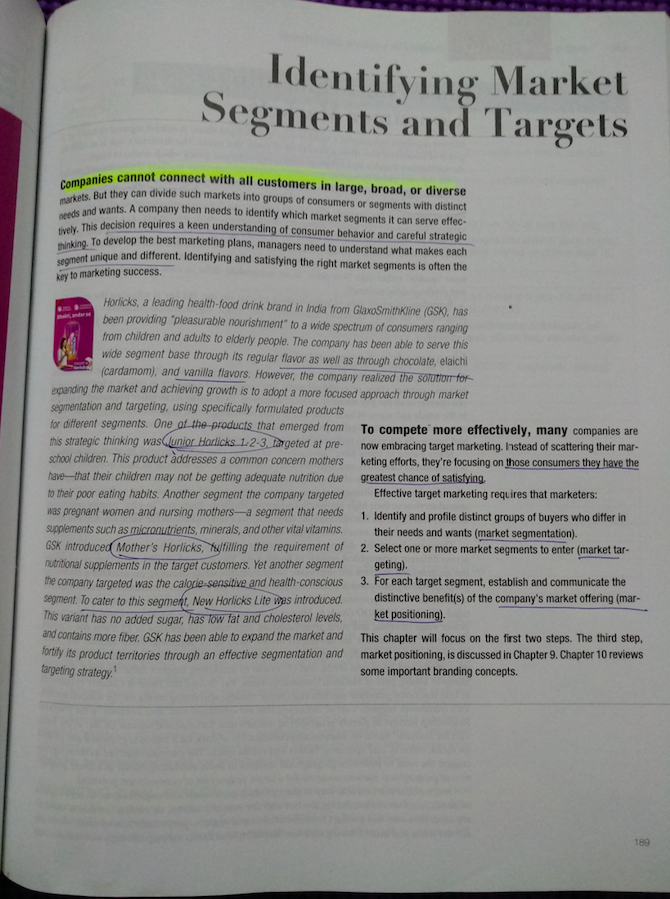
Differentiation is a place a brand should occupy in the consumer minds compared to the competition. This differentiation can be based on some unique functionality. As per Mr Kotler, Differentiation is the cornerstone of successful marketing. As per Mr David Aaker: Without differentiation, a loyal customer base can’t be created or sustained.
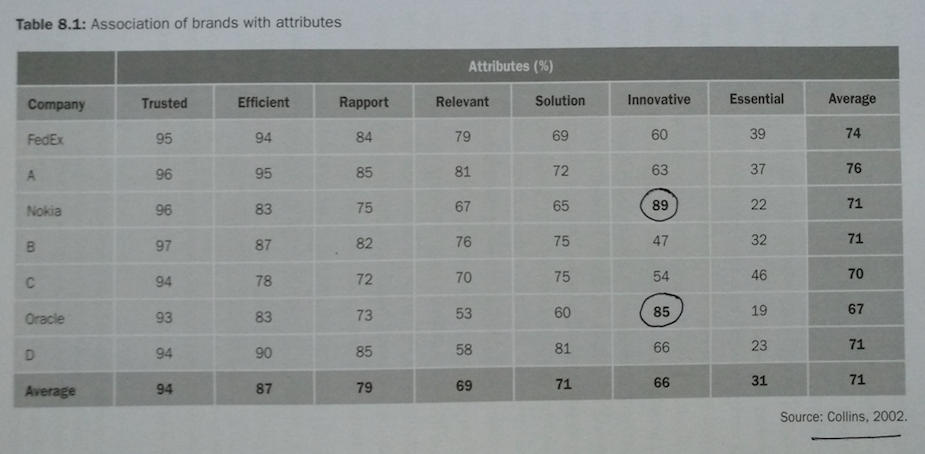
What is distinctiveness then? Any qualities (even meaningless) that help the customer to notice, recognise and recall the brand – when the brand is advertising and in the buying position. They can include
- Colour – such as the Coca Cola and Vodaphone red
- Logos- such as McDonald’s golden arch
- Tagline – Such as Nike ‘Just do it’
- Symbol – such as Micky Mouse’s ear
- Advertising style – such as master class ‘priceless’ campaign
Uniqueness and prevalence determine the strength of distinctiveness. The purpose of building strong and distinctive assets is to increase the number of stimuli that can act as identification triggers for a brand. Distinctive assets improve advertising effectiveness by making it more likely for viewers to identify them. It takes time. Nike invested 50 years to build ‘swoosh’ as its distinctive elements.
Differentiation does exist but the degree of differentiation is weak and varies little between the rival brands and far less important then it is portrayed. So, rather than striving for meaningful, perceived differentiation, marketers should seek meaningless distinctiveness. Distinctive assets make it easier for the consumer to notice, recognize and recall. Moreover, such branding lasts, differentiation does not.
Advertising maintains the status quo
2% of world GDP is spent on advertisement
Decent advertising effort aims to maintain market share i.e. maintaining the status quo. If a company spends enough or create excellent advertising then there can be an increase in market share. If advertising is not done, there will be a gentle decline in the sale.
Advertising sales effects are spread out in the time. This means that the effect of today’s advertising is layered thinly across sales figure over a long period.
As per Boradbent (1989), the sale of a brand is like the height at which an aeroplane flies. Advertising spend is like its engines: while engines are running everything is fine but when the engine stops, the descent eventually starts. So no matter you are established brand or new entrants, keep advertising.
There are primarily two types of advertising
Persuasion Ad: As persuading people to buy. Mostly by successful brand. They don’t have to say anything new. We don’t recall these ads at the time of purchase (but we buy the product).
Memory-based ad: Here we don’t ask people to buy the product explicitly but we build memory structure. We recall these Ads that we recall at the time of purchase. Coke is a great example. Earlier Coke was sold in ‘drug stores’. Later memory structure was built with Coke-beach, Coke-Pizza, Coke-Parties etc.
In summary, advertising largely works by refreshing memory structures; occasionally it also builds memory structure and creates a preference or an intention to purchase.

Price promotion is not for customer but retailers
Price promotions have an immediate and positive effect on the sale. But the impact does not last; It ends when price discount ends. It largely rewards customers who bought the discounted brand in past. It usually fails to bring new customers to a brand
The impacts and reach of Price promotion are very different w.r.t. advertising
- The reach is very restricted as to its skewed to heavier, more regular buyers of the brand.
- Unlike advertisement, sales effect of price promotion isn’t spread out in time
- Price promotion has localized impact (say in the store) and shows clear effects
- If the price elasticity of the product is low then price promotion may not be profitable
As per research, price promotion even doesn’t bring forward buying; it substitutes brand. On the other hand, constant price promotion decreases the references price of the product in the mind of the customers.
While Advertising increases purchase probability by creating memories which last long, price promotion effects purchase probability because we like a better deal and hop on those brands in the repertoire. However, our purchase probability returns to normal immediately afterwards. So we see price promotion does not help the brand in any way either in short term or long term.
However ulterior motive of price-promotions is to maintain good relationships with retail distributors. Price promotions become ‘buy time’ for a brand- boost sales in short term and save it from delisted (Suggest to go through chapter 10, Page No 157 for more details)
Why Loyalty programs don’t work
A loyalty program does not work because it fails to target customers who are heavy users but have low loyalty (#3 in the pic below). Rest all other quadrants are undesirable.

Final words: Focus on Mental and Physical availability of the brand
So if most of the existing understating are myths then what works?
The key marketing task is to make the brand easy to buy; this requires building mental and physical availability.
Building mental availability (brand salience/top of mind awareness) requires distinctiveness and clear branding. It is like propensity for a brand to be noticed or thought of in buying situations. It is created by investing in distinctive brand assets, building memory structures and part of cue competitors (Pepsi/coke).
Building physical availability requires breadth and depth of distribution in space and in time. This includes hours of availability and ease of facilitating the purchase. Buyers are okay buying brands readily available within their repertoires.
There are seven simples rules to achieve these
- Reach: Continuously reach all buyers of the brand’s service/product category, with both physical distribution and marketing communication
- Convenient to buy: Ensure the brand easy to buy
- Get noticed: Without some processing, the brand’s communication dollars are wasted
- Refresh and build brand-linked memory structures (like coca-cola) that make the brand easier to notice and buy
- Create a distinctive communication asset
- Be consistent, yet fresh and interesting
- Stay competitive, keep the mass appeal; don’t give reasons not to buy the brand (good pricing etc)
Disclaimer
- Majority of the text have been picked up directly from the book
- Book is really tough to read. I may have misunderstood some of the concepts. Kindly let me know, will update this blog
- I am under amazon associate, I earn for qualified sales.
